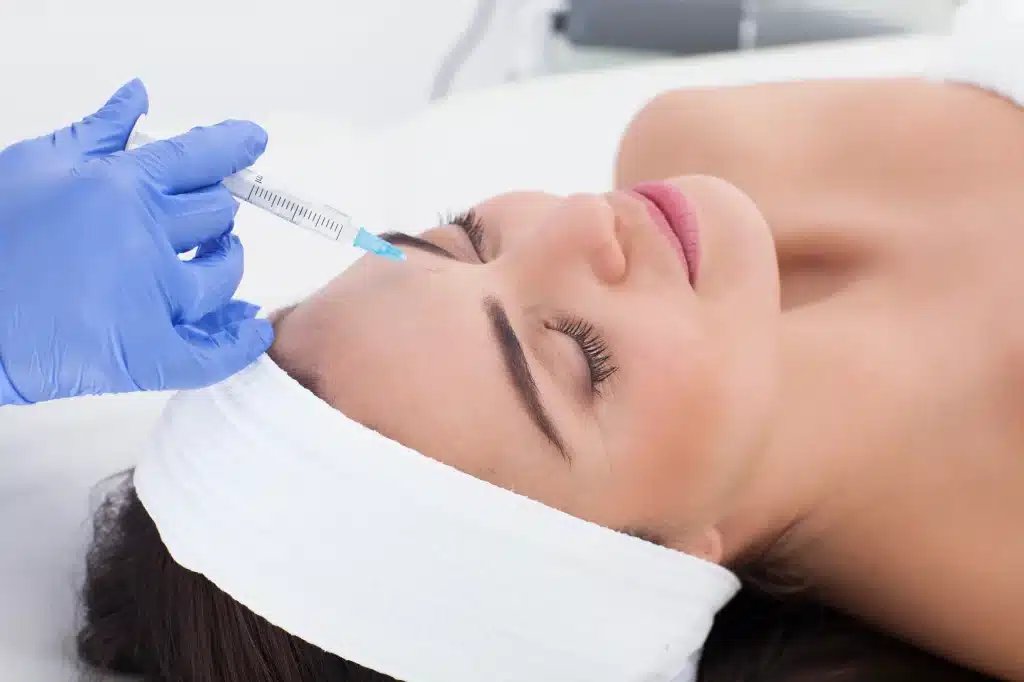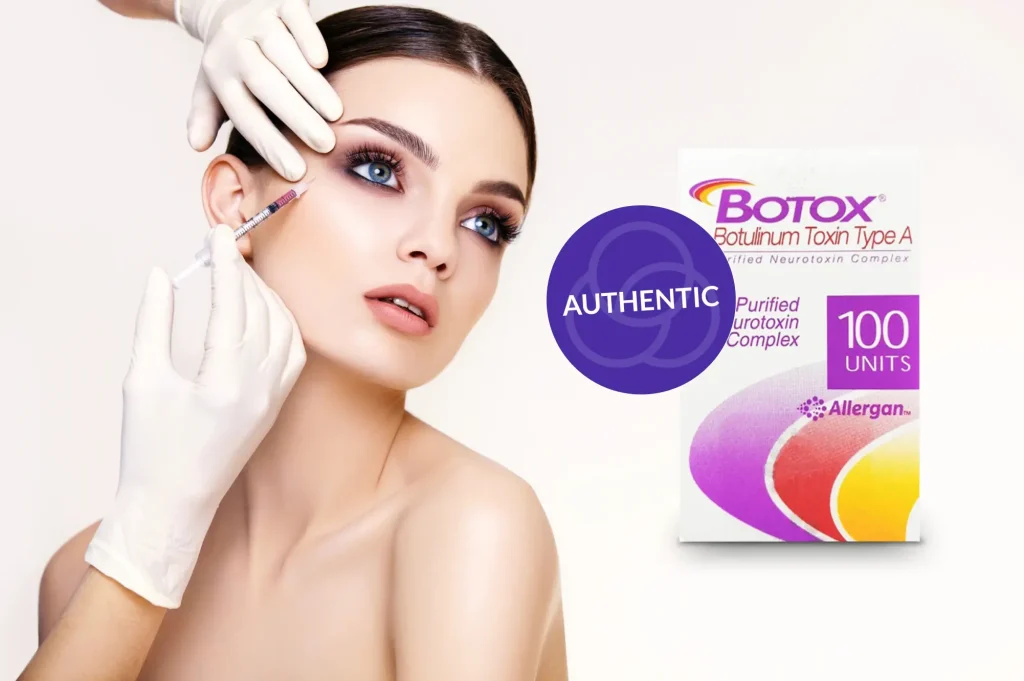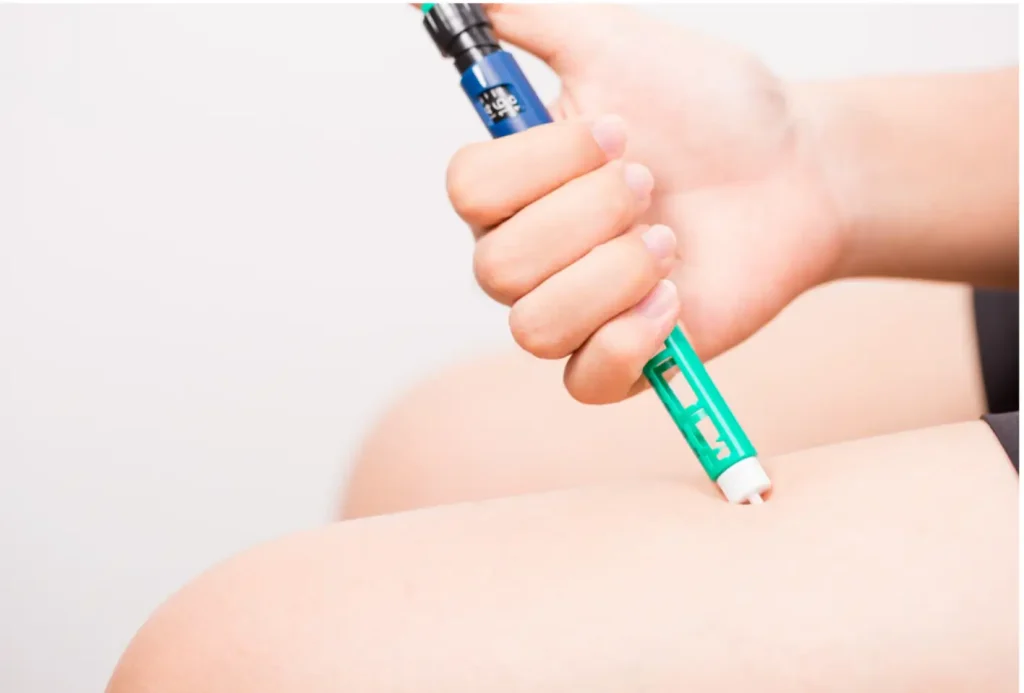Globally, millions face vision loss due to conditions like cataracts, glaucoma, and retinal diseases. Early detection is critical, yet many people delay eye exams due to cost, lack of symptoms, or limited awareness. These barriers highlight the importance of educating patients about available treatments and their potential outcomes.
Eylea, an injectable medication, is widely used to manage retinal conditions such as age-related macular degeneration (AMD) and diabetic retinopathy. While Eylea helps preserve vision for many, it may also cause side effects—ranging from mild discomfort to rare but serious complications. Awareness of these risks empowers patients to make informed choices about their eye care.
In this article, we’ll explore the side effects of Eylea in detail, offering a complete overview to help patients, families, and caregivers understand what to expect throughout the treatment journey.
Key Takeaways
- Eylea is an intravitreal injection used to treat various retinal conditions, including wet age-related macular degeneration (wAMD), diabetic macular edema (DME), and retinal vein occlusion (RVO).
- Common side effects include eye pain, blurred vision, conjunctival hemorrhage, and increased intraocular pressure, which are generally mild and temporary.
- Serious ocular complications, such as endophthalmitis, retinal detachment, or intraocular inflammation, are rare but require immediate medical attention.
- Though rare, systemic side effects like stroke, hypertension, or allergic reactions can occur, especially in patients with underlying cardiovascular conditions.
- Monitoring and management strategies—like post-injection observation, sterile technique, and patient education—are key to ensuring treatment safety.
- The treatment’s patent expiration may lead to more accessible biosimilars, but consistent monitoring remains essential regardless of the product used.
About: Medical Spa RX provides medical practices with premium products at the best prices. If you’re looking to buy Eylea for your practice, the sales representatives at Medical Spa RX can give you guidance.
Common Ocular Side Effects of Eylea
The most frequently reported side effects of Eylea are mild, localized eye reactions that typically occur shortly after the injection. These symptoms usually resolve on their own or with minimal intervention, but it’s important for patients to know what to expect:
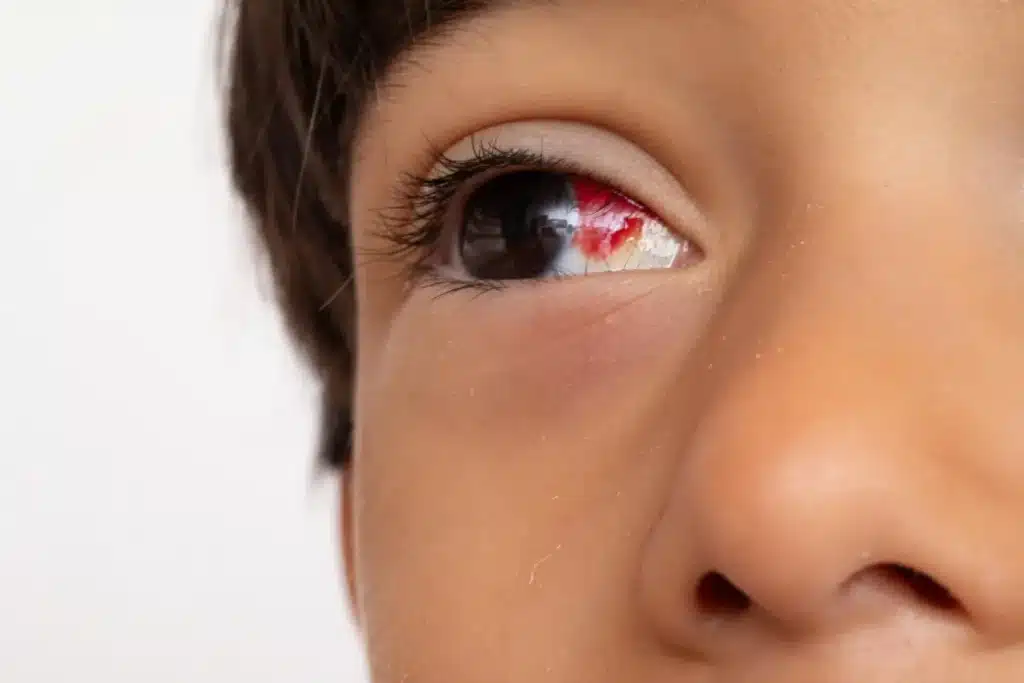
- Eye pain or discomfort
- Increased intraocular pressure
- Conjunctival hemorrhage (small blood spot on the white of the eye)
- Blurred vision
- Eye redness
- Foreign body sensation
These reactions are often related to the injection process, not the medication itself. Patients are typically monitored immediately after treatment to ensure no complications arise. If symptoms persist or worsen, a follow-up visit is essential.
Serious Ocular Adverse Reactions
Though rare, serious eye complications may occur and can threaten vision if not addressed promptly. Patients should be informed of warning signs and encouraged to seek immediate care if needed.
- Endophthalmitis: A severe eye infection with symptoms like pain, redness, swelling, and vision loss.
- Retinal Detachment: Can cause flashes of light, new floaters, or a curtain-like shadow across the field of vision.
- Retinal Tear: Often presents with sudden floaters or light flashes.
- Intraocular Inflammation: Includes light sensitivity, pain, and blurred vision.
- Cataract Formation: A potential long-term risk associated with repeated treatment.
Immediate evaluation is vital if patients notice any vision changes or intense discomfort after their injection.
Systemic Side Effects Associated with Eylea
Though Eylea is injected into the eye, small amounts can enter the bloodstream, potentially causing systemic side effects. These are rare but more likely in patients with pre-existing cardiovascular conditions.
- High blood pressure
- Stroke or cerebrovascular accident
- Arterial thromboembolic events
- Allergic reactions (rash, itching, breathing difficulty)
- Fatigue or joint pain
Patients with a history of stroke, heart disease, or high blood pressure should discuss these risks with their doctor prior to treatment.
Differences in Side Effects Based on Indications
Eylea is approved to treat several retinal conditions, and side effects can vary depending on the disease and treatment frequency.
- Wet Age-Related Macular Degeneration (wAMD): Often requires frequent early injections, increasing risk of injection-related symptoms.
- Diabetic Macular Edema (DME): Patients with diabetes may have a higher risk for cardiovascular side effects.
- Retinal Vein Occlusion (RVO): Associated inflammation may heighten risk of intraocular pressure spikes.
- Retinopathy Of Prematurity (ROP): In off-label pediatric use, this requires extremely cautious monitoring.
Treatment plans should be tailored to the specific diagnosis and patient health profile.
Monitoring and Management Strategies for Adverse Effects
The best way to manage Eylea side effects is through early detection, proper technique, and continuous patient education. Recommended strategies include:
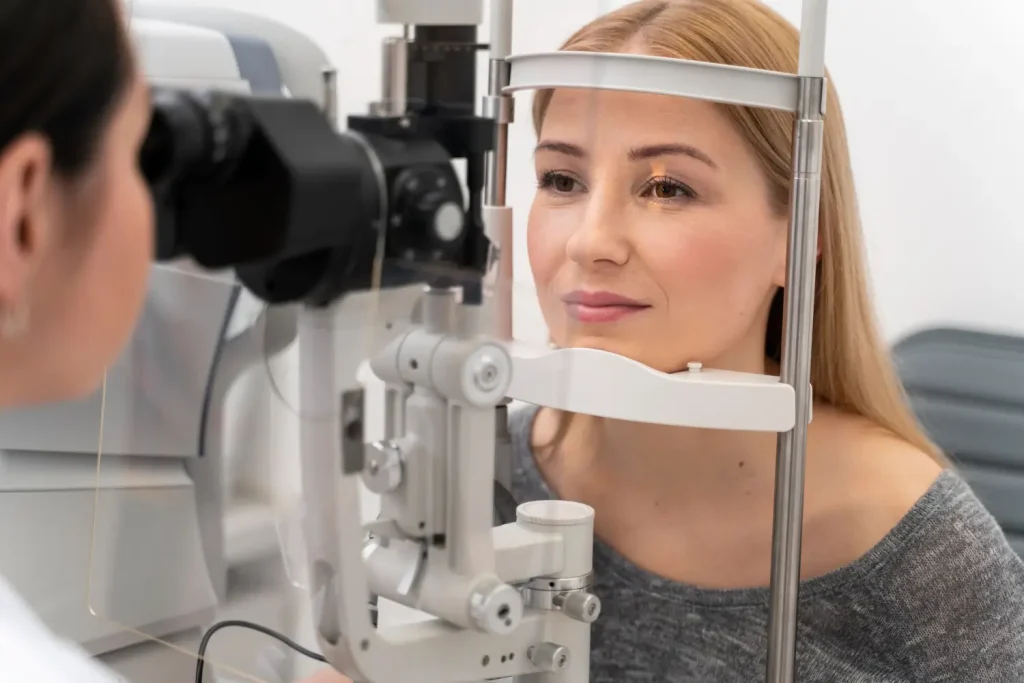
- Pre-injection Screening: Assess for infection or inflammation.
- Post-injection Monitoring: Watch for pain, pressure spikes, or unusual vision changes.
- Routine Follow-ups: Check intraocular pressure and assess retinal health regularly by conducting eye exams.
- Sterile Injection Techniques: Reduce the risk of serious infections like endophthalmitis.
- Clear Patient Education: Encourage patients to report symptoms such as floaters, vision loss, or intense eye pain immediately.
With the Eylea patent expiration approaching, there may be increased access to biosimilars, which could broaden treatment availability while maintaining a strong emphasis on safety and patient education.
Conclusion
Eylea is a leading treatment for retinal diseases, offering significant vision-preserving benefits. While most side effects are mild and manageable, patients should be aware of the rare but serious risks.
Understanding the full spectrum of potential reactions, maintaining regular checkups, and ensuring open communication with your eye specialist can significantly enhance treatment safety and effectiveness. As access to biosimilar alternatives grows, monitoring and care standards will remain vital in delivering optimal outcomes.
FAQs
1. What is Eylea used to treat?
Eylea treats wet age-related macular degeneration, diabetic macular edema, and retinal vein occlusion.
2. How is Eylea administered?
A trained ophthalmologist gives Eylea as an injection directly into the eye’s vitreous.
3. How often do I need Eylea injections?
Injection frequency depends on your condition. Initial doses are often monthly, with fewer injections over time.
4. Is the injection painful?
Most patients report mild discomfort. Numbing drops are used before the procedure to minimize pain.
5. Can I drive after receiving an Eylea injection?
It’s best to arrange transportation. Blurry vision or light sensitivity may affect your ability to drive safely.
6. Are there alternatives to Eylea?
Yes. Other anti-VEGF medications like Lucentis and Avastin are also used to treat similar retinal conditions.
7. Can Eylea affect my overall health?
While rare, Eylea can cause systemic side effects, especially in patients with cardiovascular conditions.
References
Global Trends and Statistics in Eye Health Awareness and Education – Vision Center. Vision Center. Published July 29, 2024. https://www.visioncenter.org/resources/eye-health-awareness-statistics/
How to Keep Your Eyes Healthy. WebMD. Published October 4, 2011. https://www.webmd.com/eye-health/good-eyesight
CDC. Taking Care of Your Eyes. Vision and Eye Health. Published May 21, 2024. https://www.cdc.gov/vision-health/prevention/taking-care-of-your-eyes.html






